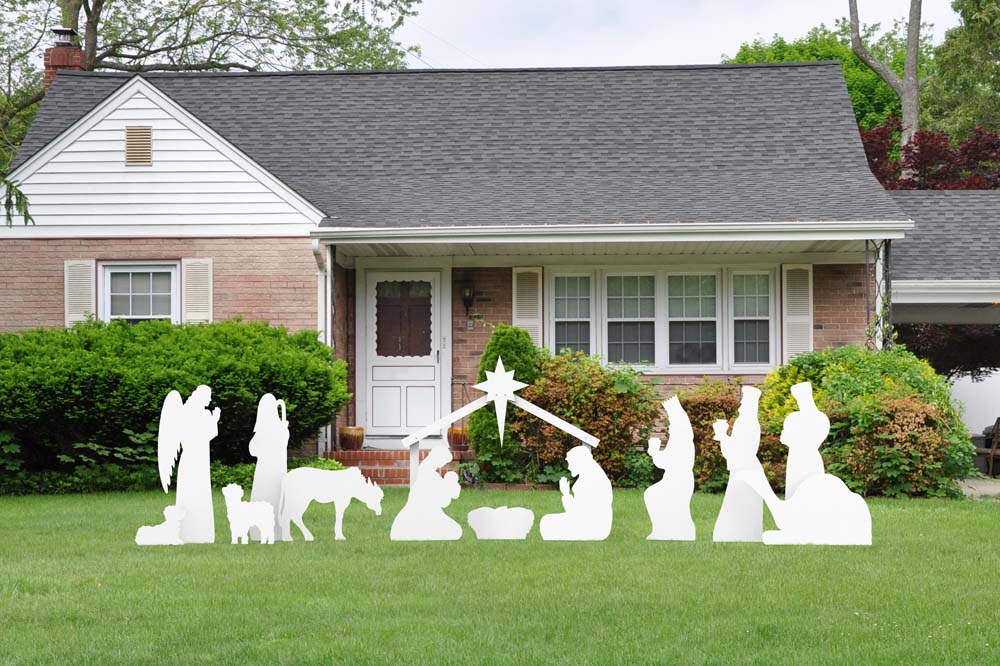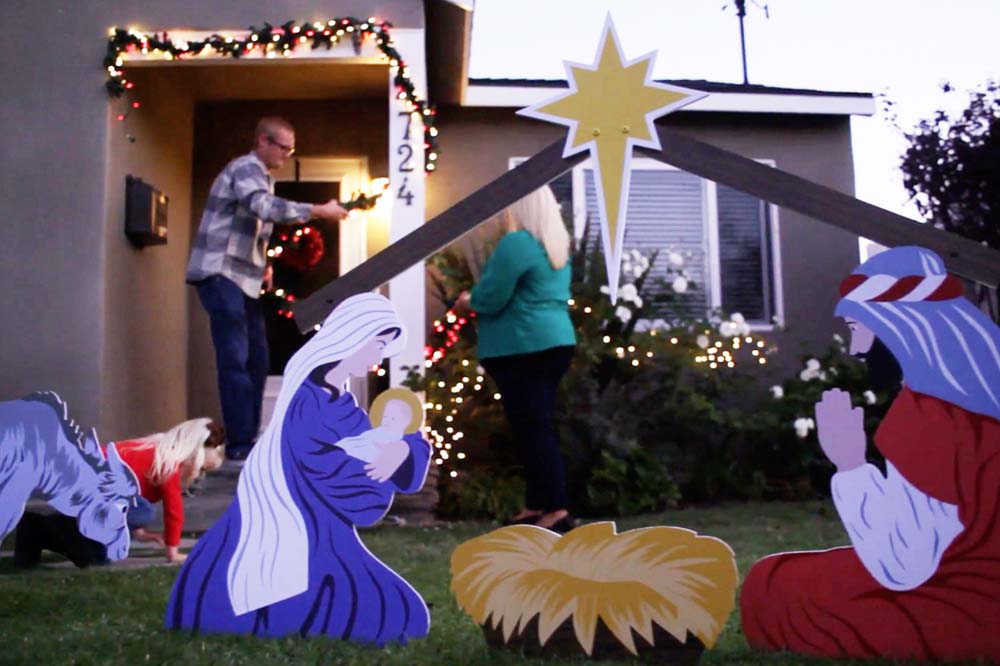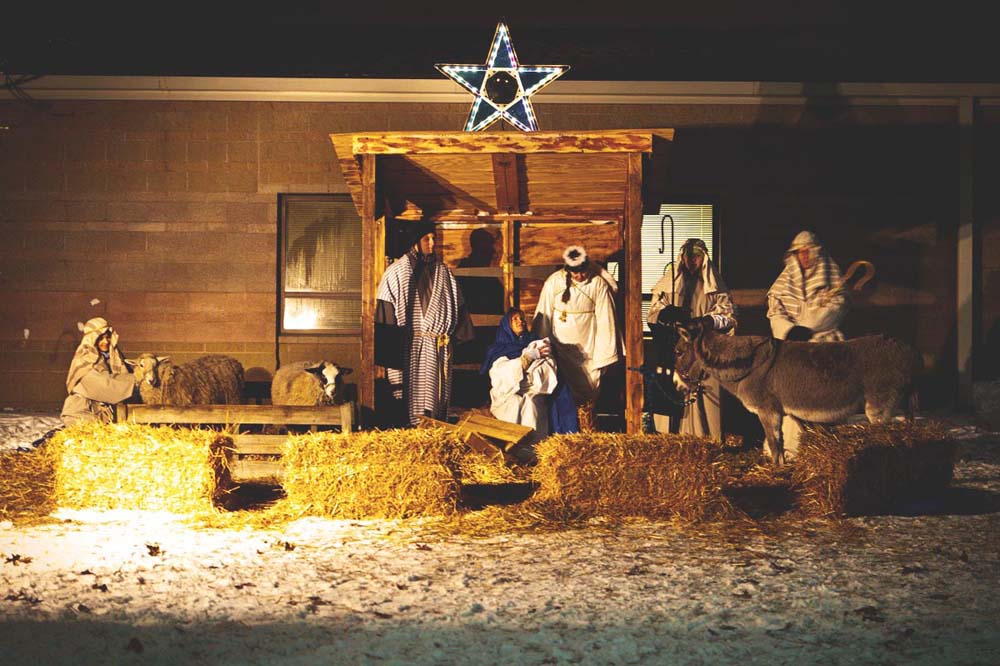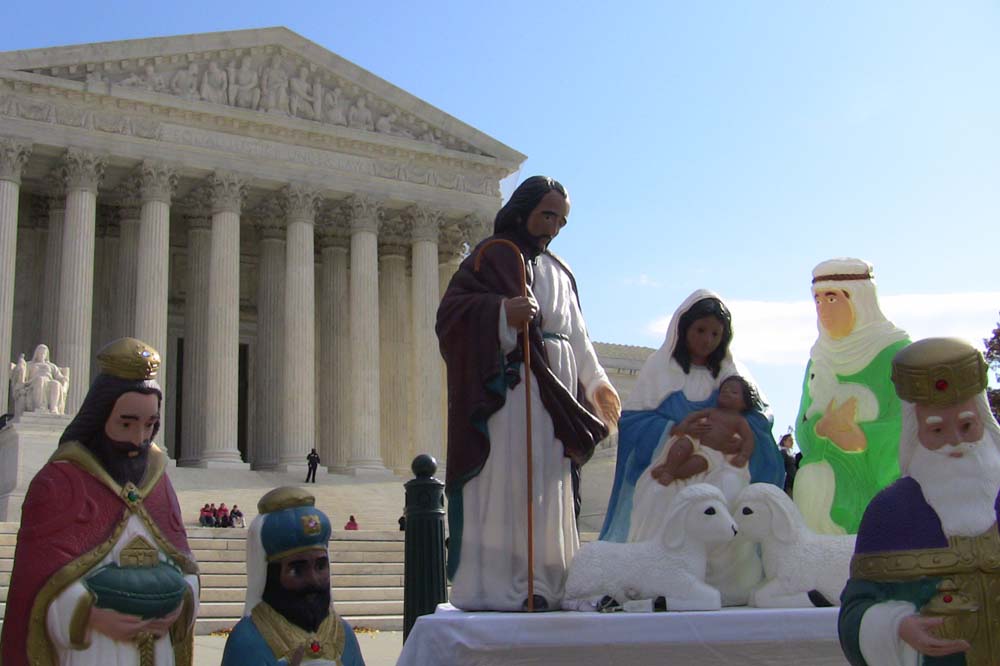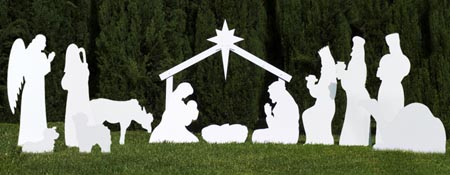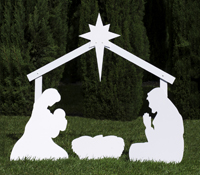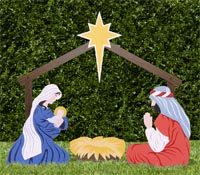Medieval Theater and the Creche
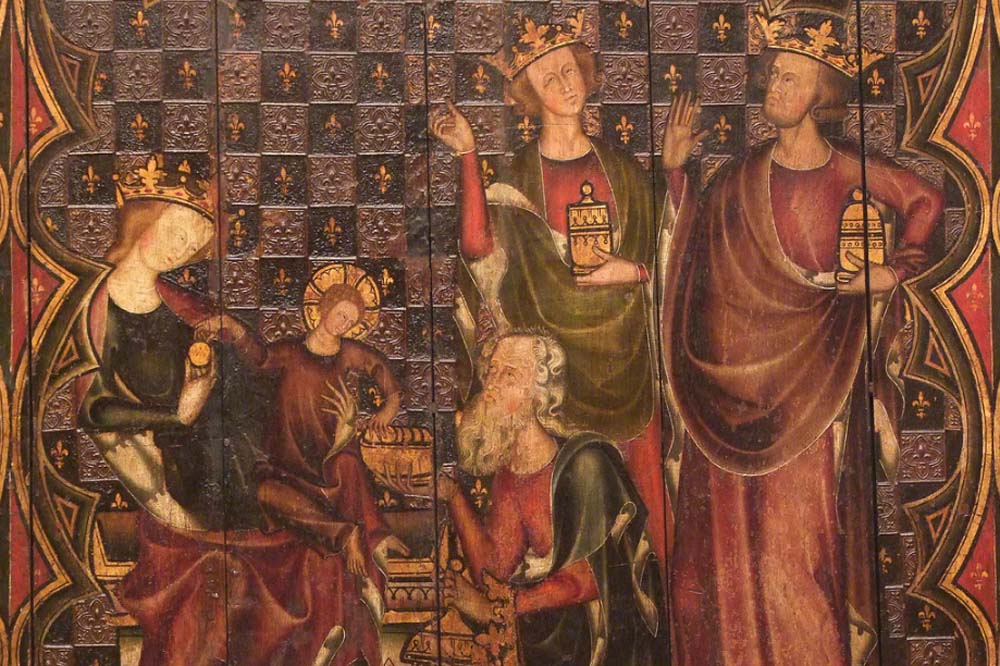
During the Middle Ages, in the days before the printing press, church services were in Latin and the few Bibles that existed were kept in the church – often chained to a lectern. Even if Bibles were available, most laypeople people would not have been able to read them, as illiteracy rates were high during the Middle Ages.
In order to teach the Gospel, many churches began staging dramatizations of Biblical events. In the early Middle Ages, these dramas were largely liturgical with two groups singing or reciting Scripture; and they did not involve actors and characters.
However, sometime around the year 970, short plays with lines and directions for performance began to emerge. The three main types of plays were:
- Mystery plays – plays about Biblical events, often performed in cycles
- Miracle plays – historical plays, often about the lives of saints
- Morality plays – allegorical plays that taught lessons
Plays about the birth of Christ soon became a regular part of the Advent season, and they were second in popularity only to plays about the Resurrection with Medieval audiences.
In his book, The Christmas Crèche, Matthew Powell says historical records are unclear as to how the early nativity plays were staged and how closely they resemble crèches of today.
“In some places, the congregation was apparently asked simply to imagine that the alter area was the stable,” Powell writes. “In other places we have indications that something resembling a stable or cave was built for the occasion, possibly from wood or papier-mâché.”
Since medieval churches did not have pews, they usually had large spaces that were ideal for multiple scenes and settings. Mary and Baby Jesus sometimes were depicted with a painting or with statues, and in other dramatizations, marionettes and other puppets were used to represent the Holy Family.
Sometimes puppets and live actors performed together in medieval nativity plays. As the Middle Ages went on, nativity plays began to flourish and elaborate plays with costumes and original music were held in massive cathedrals with large audiences. Smaller scale productions were held in public places such as the town square.
Powell notes that humor became an important part of the religious productions, as it was in most medieval theater. For example, in The Second Shepherd’s Play from the Wakefield, England Cycle, the shepherds try to pass off a stolen lamb as a baby and in another medieval play, the shepherds offer parenting advice to Mary.
The popularity of nativity plays began to decline in the 16th century, largely due to the Protestant Reformation. Some Protestants were opposed to all forms of theater. However, in countries largely untouched by the Reformation, such as Spain and Italy, religious drama continued to flourish.
George Speaight, a theater historian and puppeteer, asserts that nativity plays influenced the development of the Christmas crèche. Another historian, Dr. Rudolf Berliner, calls the crèche “frozen theater.”
Sources
http://www.theatredatabase.com/medieval/medieval_drama_001.html
http://novaonline.nvcc.edu/eli/spd130et/medieval.htm


